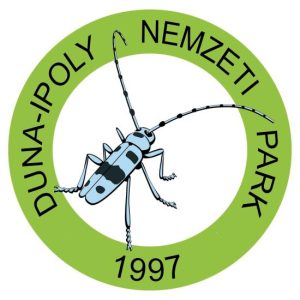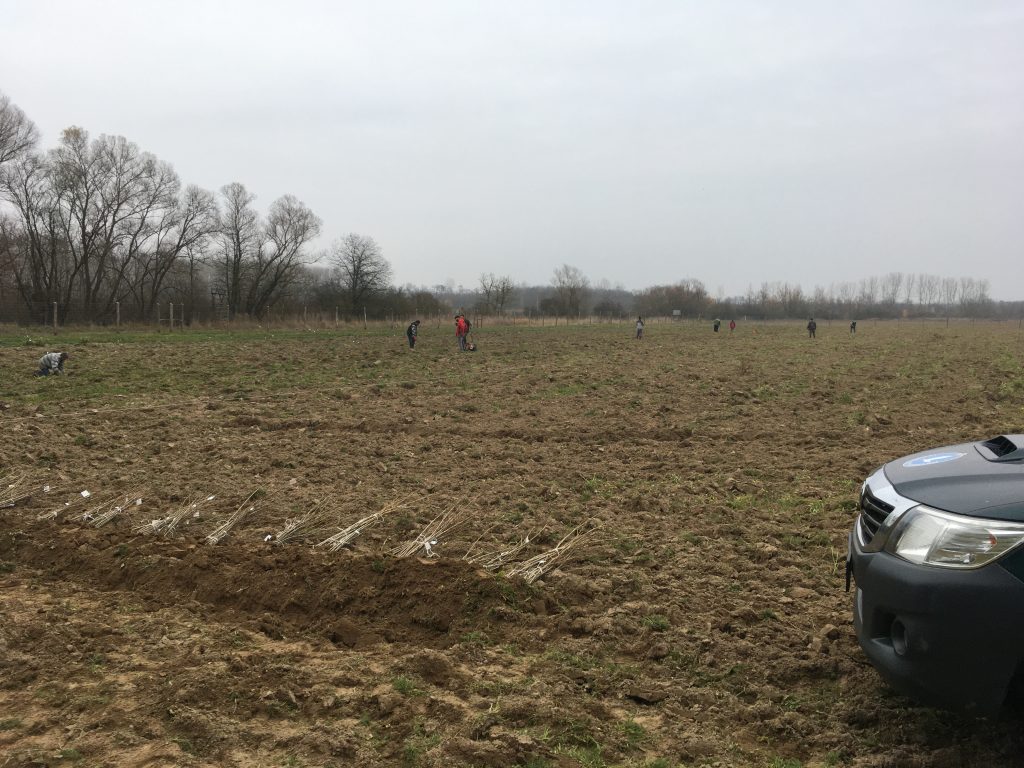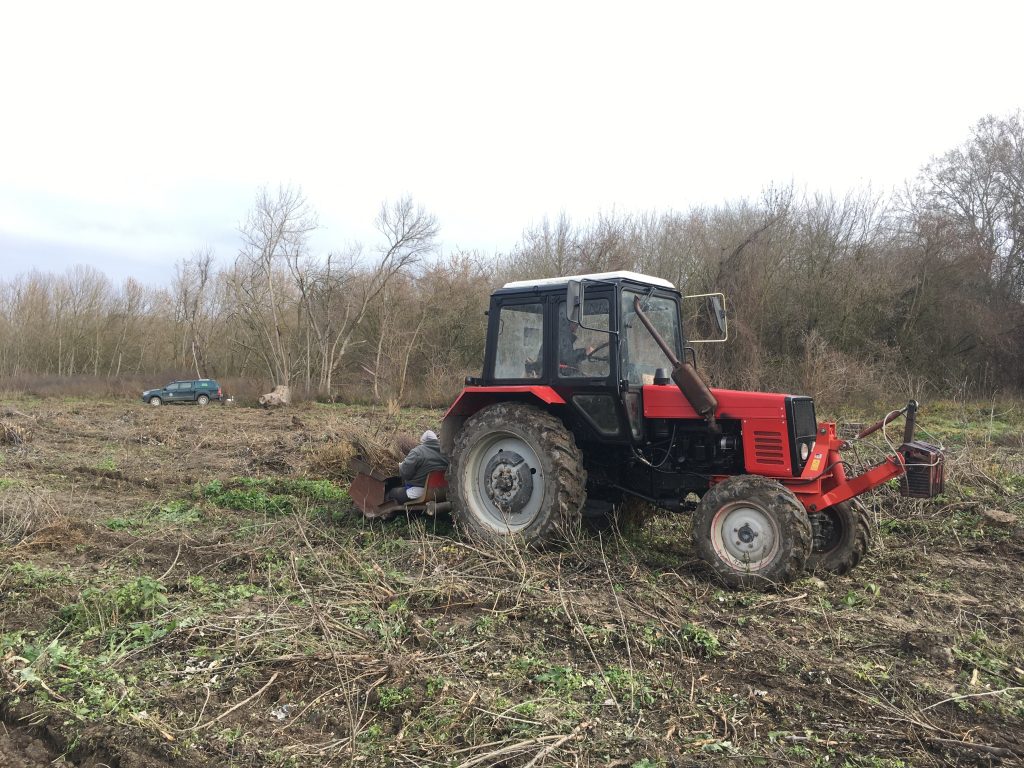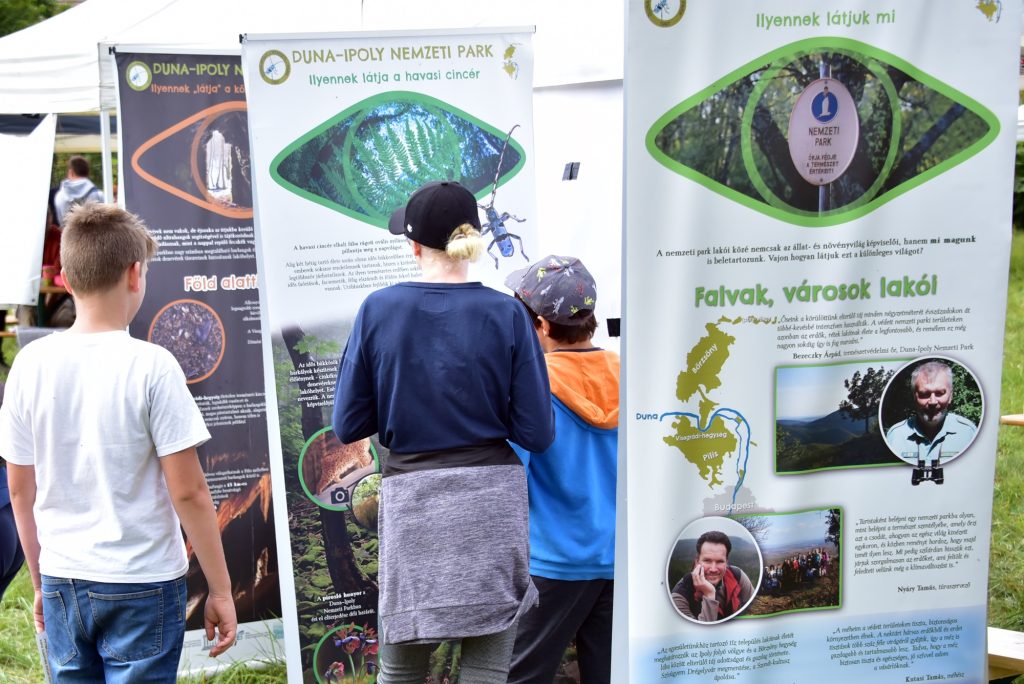Cross-border partnership for the Danube floodplains
The current project Restoration and management of Danube floodplain habitats is not the first on which BROZ cooperates with the Hungarian partner National park Danube-Ipel. In the past, we have joined together an international network of protected areas on the Danube called Danubeparks and in the frame of this partnership we already participate in the fourth project. In addition, we work together to protect endemic species and habitats in dry grassland areas (LIFE endemic PANALP).
National park Danube-Ipel was founded in 1997 and is one of the most diverse in Hungary due to the fact that the hills meet the lowlands and the river here. Therefore it is interesting not only from a nature protection point of view but also in terms of nature tourism. The role of the Hungarian partner in the current LIFE Danube Floodplains project is to ensure cooperation on specific conservation measures in the Hungarian part of the project area, as well as awareness rising about the protection of the Danube floodplains among the professional and general public.
The main activity of the national park is the preparation of genetically original planting material and the establishment of a forest nursery, which was founded in the village Dejtár. The national park obtained material from Black poplar trees (Populus nigra) of the original genotypes, with seedlings displaying a high survival rate. In addition, the source trees along the Danube river were mapped and the cuttings obtained from them were used to grow seedlings on the grounds of the state forest nursery and used for further planting. The trees were planted in Dejtár a Rácalmás. In addition to poplars other species are also planted in floodplain forests in the Hungarian part of the project area – Narrow-leaved ash Fraxinus angustifolia ssp. pannonica, European white elm Ulmus laevis and Common oak Quercus robur, so far in a total of more than 12 500 trees.
In addition to the planting itself, previous modifications to some sites are required, such as the removal of 450 tons of waste from an area of 7.1 ha on the Island of Háros. The national park also performs regular removal of the non-native species as Ash-leaved maple Negundo aceroides, Japanese knotweed Fallopia japonica or Goldenrods Solidago sp. (until now on the surface of 8 ha). Elimination of invasive species was carried out by spraying a herbicide solution in a low concentration. The method has proven to be time and cost-effective with almost 100% success. It is also necessary to provide after-planting care of the trees. Seedlings are treated with a new ecological game repellent. The remedy has proven to be very effective against biting by wild boars and deer. All these activities contribute to the optimization of the wood composition of floodplain forests.
National Park Danube-Ipel devotes a large part of its involvement in the project to awareness rising about nature protection and the natural richness of the Danube floodplains. Every year it organizes a cultural and nature festival in Dömös with demonstrations of traditional crafts, pony rides, archery, concerts and other performances. The national park also addresses the public with the topics of nature protection via the magazine Cincér and other publications and promotional materials.
As part of the excursions organized in the Hungarian part of the project area, guides were first specially trained for this purpose. The national park focuses mainly on school-age children. Bicycle and canoe trips are also included in the program. In addition, the idea of protecting the Danube landscape is spreading among young people thanks to a travelling exhibition. Its information panels are accompanied by a documentary movie called “’The birth of a national park” and students can verify the acquired knowledge by filling out a questionnaire.
Whether it is practical nature conservation in the field, scientific research, exchange of experience and expertise or presentation to the public, our protected areas in the Slovak and Hungarian part of the area along the Danube are very similar and therefore we can benefit a lot from the partnership in joint projects.











